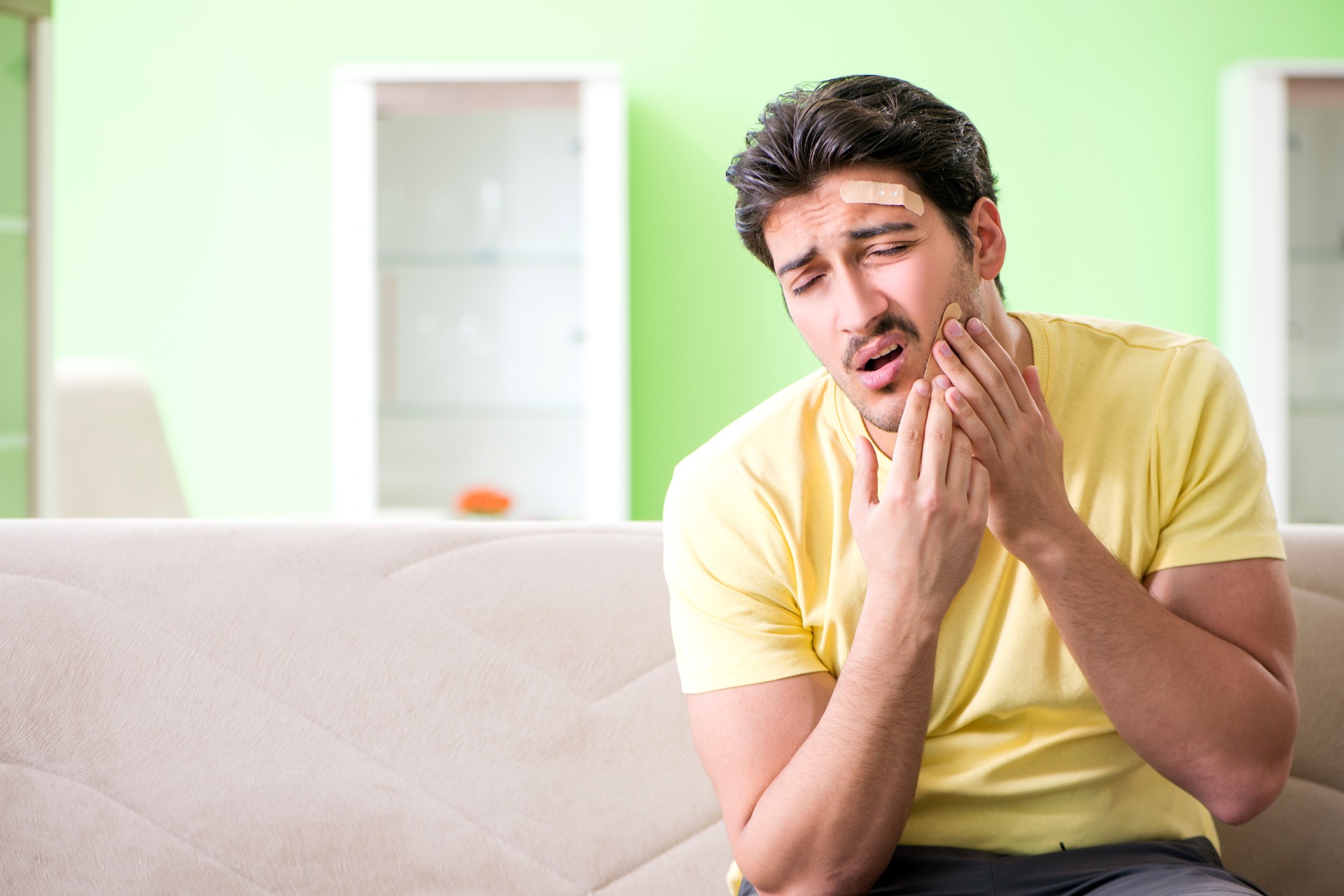Recognizing and Treating Minor Injuries at Home

Accidents happen, and minor injuries are a part of everyday life. Whether it's a little cut, a bruise, or a sprain, knowing how to recognize and treat minor injuries at home can help in the healing process and prevent any complications. At Fall Creek Skin and Health Clinic, we believe that empowering individuals with the knowledge to manage minor injuries on their own can lead to better overall well-being. In this blog post, we will discuss common minor injuries, how to identify them, and the appropriate steps to take for treatment at home.
Cuts and Scrapes
One of the most common minor injuries encountered is cuts and scrapes. These can happen from something as simple as a slip of a knife in the kitchen or a fall while playing with your children. When dealing with a cut or scrape, the first step is to clean the wound with mild soap and water to prevent infection. Apply a topical antibiotic ointment and cover the wound with a sterile bandage or dressing. Keep the area clean and dry, and change the bandage regularly until the wound heals.
Bruises
Bruises, also known as contusions, occur when small blood vessels under the skin break and leak blood. They often result from bumps, falls, or other minor injuries. Bruises typically change colors over time, starting from red to purple, then blue, green, yellow, and finally fading to brown before disappearing. To treat a bruise at home, apply a cold compress to reduce swelling and pain. Elevating the injured area can also help alleviate discomfort. Over-the-counter pain relievers can be used to manage any pain associated with the bruise.
Sprains
Sprains happen when ligaments are overstretched or torn, usually from a sudden twist or impact on a joint. The most common areas for sprains are the ankles, wrists, and knees. Symptoms of a sprain include swelling, bruising, pain, and limited range of motion. To treat a sprain at home, remember the acronym R.I.C.E.: Rest, Ice, Compression, and Elevation. Rest the injured joint, apply an ice pack for 15-20 minutes every few hours, use a compression bandage to reduce swelling, and elevate the injured limb above the heart level to improve circulation and reduce swelling.
Minor Burns
Minor burns can occur from touching a hot surface, steam, or exposure to the sun. When dealing with a minor burn, run the affected area under cool water for several minutes to help relieve pain and prevent further damage to the skin. Avoid using ice or butter on burns, as they can worsen the injury. Cover the burn with a sterile gauze or bandage to protect it from infection. Over-the-counter burn creams can help alleviate pain and promote healing.
Insect Bites and Stings
Insect bites and stings can cause itching, swelling, redness, and pain. To treat insect bites at home, wash the affected area with soap and water to reduce the risk of infection. Applying a cold compress or taking an antihistamine can help reduce swelling and itching. Over-the-counter hydrocortisone cream can also provide relief from itching. If you have a known allergy to insect stings, seek medical attention immediately.
While home treatment is appropriate for minor injuries, it is essential to seek medical attention if the injury is severe, persistent, or if you have any concerns about the healing process. At Fall Creek Skin and Health Clinic, our team of experts is here to help you with any skin-related problems, general practice issues, and minor injuries. Remember, knowing how to recognize and treat minor injuries at home can be empowering and contribute to your overall health and well-being. Stay safe and take care of yourself.




